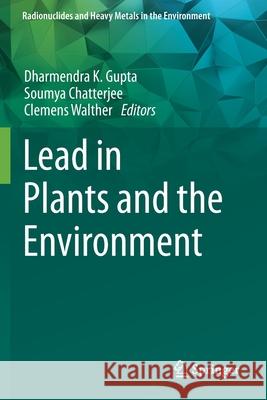Lead in Plants and the Environment » książka
topmenu
Lead in Plants and the Environment
ISBN-13: 9783030216405 / Angielski / Miękka / 2020 / 207 str.
Lead in Plants and the Environment
ISBN-13: 9783030216405 / Angielski / Miękka / 2020 / 207 str.
cena 403,47 zł
(netto: 384,26 VAT: 5%)
Najniższa cena z 30 dni: 385,52 zł
(netto: 384,26 VAT: 5%)
Najniższa cena z 30 dni: 385,52 zł
Termin realizacji zamówienia:
ok. 22 dni roboczych
Bez gwarancji dostawy przed świętami
ok. 22 dni roboczych
Bez gwarancji dostawy przed świętami
Darmowa dostawa!
Kategorie:
Kategorie BISAC:
Wydawca:
Springer
Seria wydawnicza:
Język:
Angielski
ISBN-13:
9783030216405
Rok wydania:
2020
Wydanie:
2020
Numer serii:
000886104
Ilość stron:
207
Waga:
0.31 kg
Wymiary:
23.39 x 15.6 x 1.17
Oprawa:
Miękka
Wolumenów:
01
Dodatkowe informacje:
Wydanie ilustrowane











